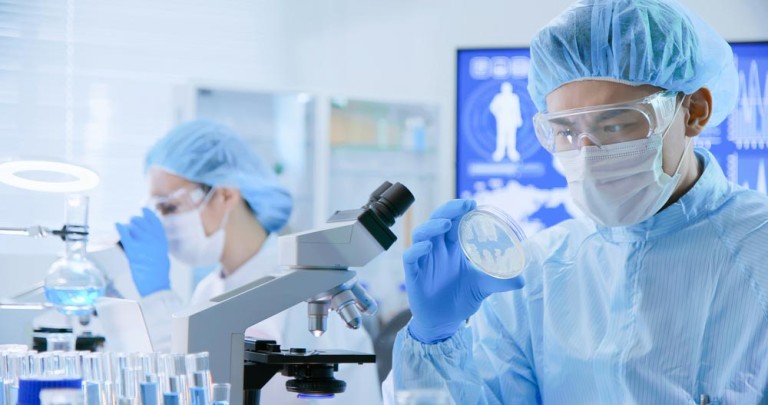
Cleanrooms or clean zones provide the necessary controls to reduce contaminants to a level appropriate for accomplishing contamination-sensitive processes.
Cleanrooms or clean zones can be classified into two main types, those with unidirectional airflow and those with non-unidirectional airflow. Room air change rate is a key performance metric to reduce contaminants in non-unidirectional spaces and meet specified cleanliness levels.
The room air change rate is based on the volume of filtered supply air that enters the cleanroom or clean zone per unit time, typically described as the number of air changes per hour.
Increasing the room air change rate means a greater volume of filtered air enters the space leading to a greater dilution of contaminants. While increased room air changes can lead to improved air cleanliness levels, there are additional costs associated with maintaining high air change rates.
Considerations for Determining Sufficient Room Air Exchange Rates
These considerations help illuminate the criteria required for a cleanroom:
- The ISO class or EU Grade required (usually ranging from ISO 5 to ISO 8 or Grade A to Grade D)
- Airborne contaminants, particles, or heat produced by the cleanroom processes
- Number of personnel working inside the cleanroom simultaneously
- Personal protective equipment or gowning
Routine maintenance and monitoring of room air changes through cleanroom airflow testing ensures the space meets design criteria and reduces the risk of contaminating your workspace and products.
What Other Testing Should Be Performed to Maintain Air Cleanliness Level
Routine cleanroom testing and maintenance allows you to operate your facility with confidence that the controlled environment relied upon to produce safe and quality products is performing at the level required.
Here are examples of basic maintenance tasks you should be conducting:
- Monitor room air pressure differentials and airflow volume for any indication of problems with the system.
- Sample both viable and non-viable particulates to ensure specified cleanliness levels are maintained.
- HEPA filter integrity testing to ensure supplied air is free of contamination.
- Clean all surfaces regularly, including tools, equipment, and workbenches to reduce particle generation, and lower the chance of contamination.
Keep in mind that when you optimize indoor air quality inside your cleanroom, product loss due to contamination is minimized.
How Technical Safety Services Can Help You With Cleanroom Testing
Technical Safety Services is your one-stop shop for cleanroom certification services.
Our experts are experienced in conducting certification tasks, including:
- Accurately assessing your facility’s airflow volume
- Testing the integrity of your HEPA filter system
- Measuring non-viable airborne particulate levels
- Calculating room air exchange rate
- Measuring room differential pressure
- Measuring temperature and relative humidity
- Conducting viable environmental monitoring
To learn more about Technical Safety Services’ approach to cleanroom air monitoring services, or to get started on a new project, please contact us today.

